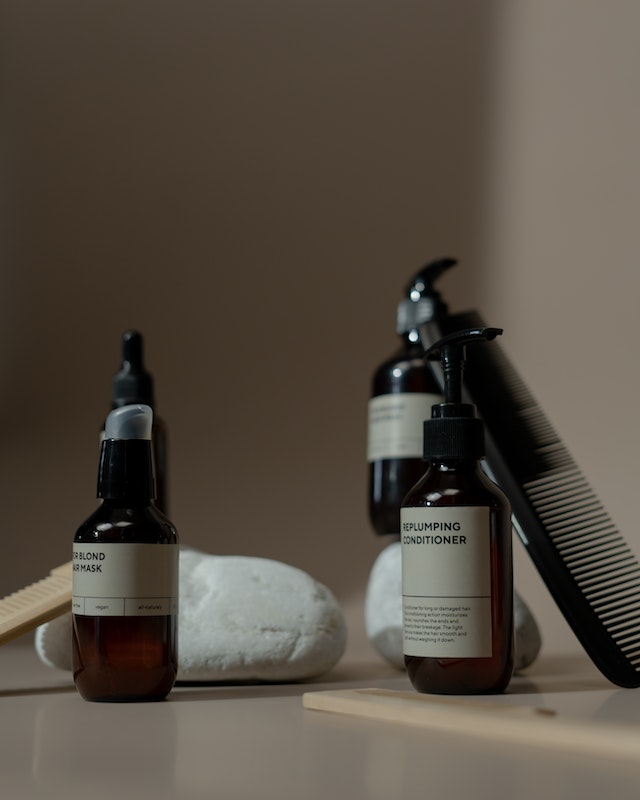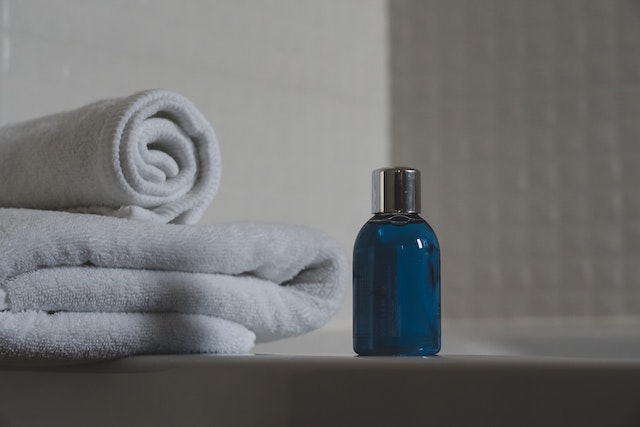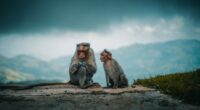Shampoo is a hair cleaning product that is designed to remove dirt and oil from the hair and scalp, while conditioner is a hair care product that is used after shampooing to improve the texture and appearance of hair. Conditioner helps to detangle hair, add moisture, and provide nourishment to the hair.
What is shampoo?
(Photo by Lora Seis on Unsplash )

Shampoo is a hair care product that is used to cleanse the hair and scalp. It is typically made of a surfactant, which is a substance that reduces the surface tension of water, allowing it to penetrate the hair shaft and remove dirt and oil. Shampoo also often contains conditioning agents, which help to improve the feel and appearance of the hair.
What is conditioner?
(Photo by cottonbro studio)

Conditioner is a hair care product that is used after shampooing to improve the texture and appearance of hair. It typically contains ingredients such as oils, silicones, and other conditioning agents that help to detangle hair, add moisture, and provide nourishment to the hair. Conditioning the hair can help to make it softer, smoother, and more manageable, and can also help to protect the hair from damage.
Shampoo Vs. Conditioner – Key differences
The key difference between shampoo and conditioner is that shampoo is a hair cleaning product that is designed to remove dirt and oil from the hair and scalp, while conditioner is a hair care product that is used after shampooing to improve the texture and appearance of hair.
Shampoo typically contains cleansing agents that help to remove dirt, oil, and product buildup from the hair and scalp, while conditioner contains conditioning agents that help to detangle hair, add moisture, and provide nourishment to the hair. Shampoo is generally used more frequently than conditioner, as it is necessary to remove dirt and oil buildup, while conditioner is used less frequently to maintain the health and appearance of the hair.
How to use shampoo and conditioner
Here are some general guidelines on how to use shampoo and conditioner:
Shampoo:
- Wet your hair thoroughly with warm water.
- Apply a small amount of shampoo to your palm and lather it up.
- Massage the shampoo into your scalp using your fingertips, making sure to cover all areas of your scalp and hair.
- Rinse your hair thoroughly with warm water, making sure to remove all of the shampoo.
Conditioner:
- After shampooing, squeeze any excess water out of your hair.
- Apply a small amount of conditioner to your palm and distribute it evenly throughout your hair, focusing on the mid-lengths to ends.
- Comb through your hair with your fingers or a wide-tooth comb to ensure the conditioner is distributed evenly.
- Leave the conditioner on your hair for the recommended amount of time, usually 1-3 minutes.
- Rinse your hair thoroughly with cool water to help seal the hair cuticle and lock in moisture.
The exact amount of shampoo and conditioner you need may vary depending on your hair type and length. Additionally, it’s important to choose products that are appropriate for your hair type and needs to get the best results.
Is conditioner good or bad for my hair?
Conditioner is generally good for your hair, as it provides a number of benefits. However, the effectiveness of conditioner can depend on your individual hair type and the specific product you are using. Here are some of the potential benefits and drawbacks of using conditioner:
Benefits:
- Hydration: Conditioner helps to hydrate the hair and restore moisture, which can be especially beneficial for those with dry or damaged hair.
- Detangling: Conditioner can help to detangle the hair, making it easier to comb or brush through without causing damage or breakage.
- Protection: Many conditioners contain ingredients that help to protect the hair from damage caused by heat styling, environmental factors, and other sources of damage.
- Nourishment: Conditioner can contain vitamins, minerals, and proteins that provide nourishment to the hair, which can help to strengthen it and improve its overall health and appearance.
Drawbacks:
- Weighing down the hair: Some conditioners can be heavy and may weigh down the hair, making it look limp or greasy.
- Buildup: If you use too much conditioner or do not rinse it out thoroughly, it can build up on the hair and scalp, causing it to look dull or greasy.
- Allergies or sensitivities: Some people may have allergies or sensitivities to certain ingredients in conditioner, which can cause itching, redness, or other reactions.
The advantages and disadvantages of using shampoo and conditioner
Here are some advantages and disadvantages of using shampoo and conditioner:
Advantages of using shampoo:
- Cleansing: Shampoo is specifically designed to cleanse the scalp and hair, removing dirt, oil, and product buildup.
- Hydration: Many shampoos contain ingredients that help to hydrate and nourish the hair, leaving it looking and feeling healthy and shiny.
- Convenience: Shampoo is generally easy and quick to use, making it a convenient option for daily hair care.
Disadvantages of using shampoo:
- Overuse: Using too much shampoo or washing your hair too frequently can strip it of its natural oils, leaving it dry, dull, and prone to breakage.
- Harsh chemicals: Some shampoos contain harsh chemicals, such as sulfates, that can be damaging to the hair and scalp, especially if used frequently.
- Allergies or sensitivities: Some people may have allergies or sensitivities to certain ingredients in shampoo, which can cause itching, redness, or other reactions.
Advantages of using conditioner:
- Hydration: Conditioner helps to hydrate and nourish the hair, leaving it feeling soft, smooth, and healthy.
- Detangling: Conditioner can help to detangle the hair, making it easier to comb or brush through without causing damage or breakage.
- Protection: Many conditioners contain ingredients that help to protect the hair from damage caused by heat styling, environmental factors, and other sources of damage.
Disadvantages of using conditioner:
- Buildup: If you use too much conditioner or do not rinse it out thoroughly, it can build up on the hair and scalp, causing it to look dull or greasy.
- Weighing down the hair: Some conditioners can be heavy and may weigh down the hair, making it look limp or greasy.
- Allergies or sensitivities: Some people may have allergies or sensitivities to certain ingredients in conditioner, which can cause itching, redness, or other reactions.
It’s important to choose products that are appropriate for your hair type and to use them in moderation to avoid potential drawbacks.
Featured Image By – Photo by Castorly Stock








